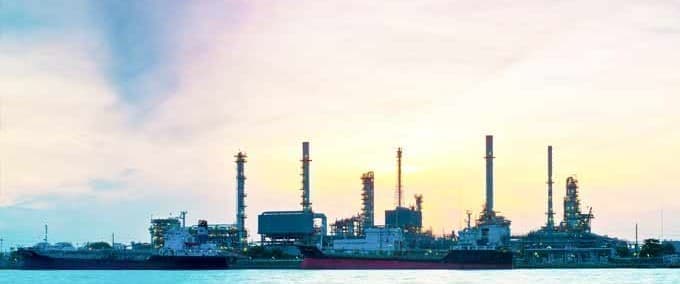For years, a pervasive narrative has cast a shadow over Europe’s industrial future, propagating the belief in an irreversible deindustrialization. Headlines frequently cite factory closures, diminishing output in critical sectors, and an alleged erosion of the continent’s industrial competitiveness. However, a deeper examination of comprehensive data and expert analysis reveals a far more intricate and ultimately encouraging reality: Europe’s industry is not in decline, but rather undergoing a profound and necessary structural transformation.
This evolution represents a strategic reorientation of its foundational industrial base, driven by emerging global dynamics, significant technological advancements, and pressing sustainability imperatives. Far from a wholesale collapse of its manufacturing capacity, Europe is adapting to a new economic landscape. Leading economic research, for instance, challenges the alarmist tone, suggesting that much of the perceived decline is, in fact, a cyclical adjustment to recent global economic disturbances and inflationary pressures.
Crucially, projections indicate that Europe’s total industrial value added is poised to remain robust in the coming decades. While its share of global manufacturing might moderately decrease due to the expansion of emerging economies, this trend does not signify an absolute contraction. Instead, Europe is strategically positioned to uphold its core industrial strengths, particularly in sectors where it maintains a distinct leadership in innovation policy and high-value production, ensuring continued economic resilience.
Global consultancies echo this optimistic outlook, asserting that the nature of Europe’s industrial base is shifting rather than shrinking. The observed decline in manufacturing’s share of GDP largely reflects the concurrent growth of the service sector, a common macroeconomic trend, rather than a failure of industrial output. Notably, European industry continues to contribute significantly to the bloc’s exports and accounts for a substantial portion of private-sector research and development investment, underscoring its enduring importance.
A granular look reveals that advanced manufacturing and green technology sectors are experiencing vigorous growth, fueled by rapid digitalization, increasing automation, and ambitious decarbonization initiatives. Germany, despite confronting energy costs and external pressures, exemplifies this shift by continuing to lead in sophisticated engineering and automotive innovation. Concurrently, countries in Central and Eastern Europe are increasingly integrating into high-value manufacturing supply chains, particularly in critical areas like electric vehicle components and electronics.
What is evident is not a uniform decline, but a distinct geographical and sectoral redistribution of industrial activity across the continent. This divergence underscores the critical need for a nuanced industrial transformation policy that moves beyond generic narratives of deindustrialization. It must specifically address the burgeoning progress in areas such as green hydrogen, battery production, and biotech manufacturing—sectors that are characteristically capital-intensive, digitally empowered, and highly specialized.
European institutions are actively fostering this transition through significant legislative frameworks aimed at boosting domestic production of clean technologies, reducing strategic dependencies, and nurturing dynamic innovation ecosystems. These policies, though in their nascent stages, clearly signal a commitment to shaping the next industrial age rather than merely preserving the past. The strategic imperative is to accelerate the shift towards energy efficiency and resilient local supply chains, building a more robust european industry.
The ongoing transformation also necessitates a paradigm shift in how we measure industrial health. Traditional metrics, such as factory headcounts or raw output volumes, fail to adequately capture the escalating complexity, precision, and knowledge intensity of modern manufacturing. A single highly advanced semiconductor fabrication plant, for instance, can contribute more to overall value added than numerous conventional low-tech facilities, illustrating the evolution towards smart manufacturing leveraging AI, robotics, and data analytics.
Ultimately, the notion of Europe undergoing an existential deindustrialization is unsubstantiated by data and expert projections. What we are witnessing is a dynamic structural evolution of European industry—a strategic pivot from volume to value, from carbon-intensive to sustainable, and from dispersed to strategically clustered production. This presents a monumental opportunity to reimagine Europe’s industrial landscape for the 21st century: making it more innovative, environmentally responsible, and globally competitive.






Leave a Reply